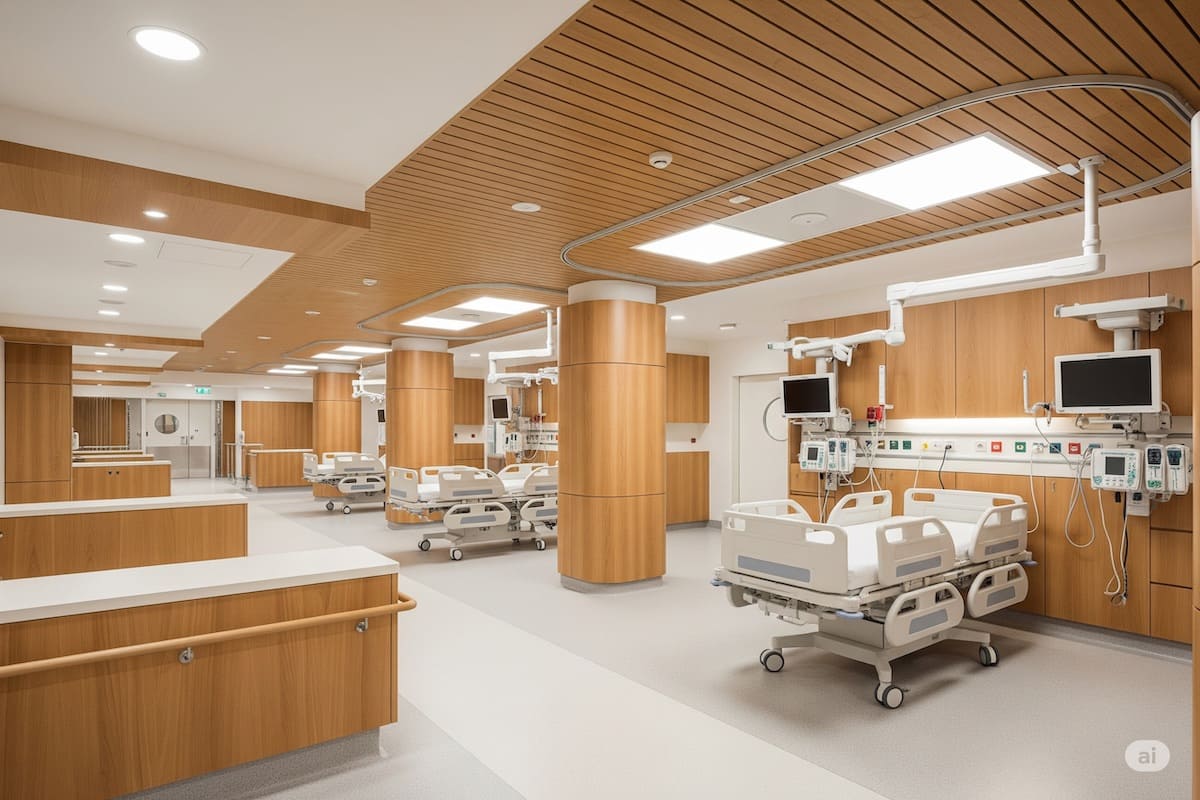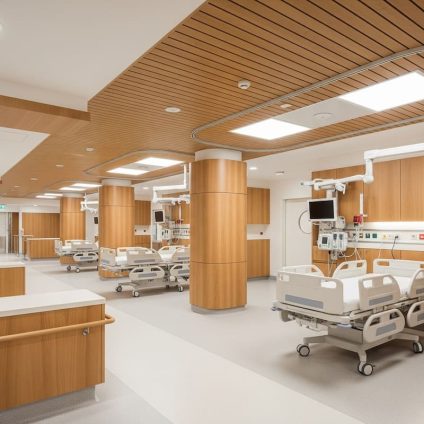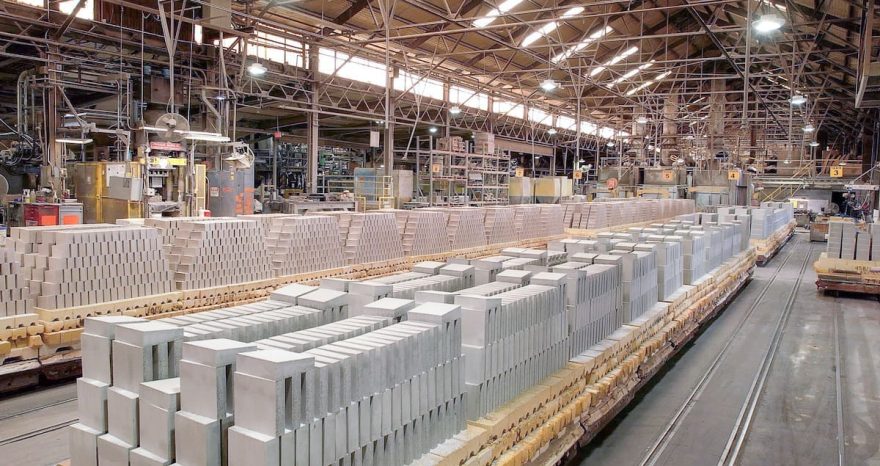Can engineered antibacterial wood replace plastic and steel in hospitals? A groundbreaking study reveals that CLT not only meets hygiene standards but may also enhance indoor air quality, challenging long-held assumptions about wood in medical environments.

Why engineered antibacterial wood is changing hospital design
It’s no longer unusual to see wooden skyscrapers or large real estate complexes built with CLT (cross-laminated timber) as the primary material. However, wooden hospitals still seem like an unlikely idea to many.
That hesitation stems mainly from the association of healthcare environments with aseptic, microbe-free spaces, where minimizing contamination is essential. Wood, by contrast, is still often perceived as unhygienic and hard to disinfect. But a recent joint study by the University of Oregon and Portland State University challenges that belief, demonstrating that engineered solid wood (CLT) can match, or even surpass, materials like plastic and steel when it comes to hospital construction.
The study that busts the “unhygienic wood” myth
“Wood is generally thought of as unhygienic in medical settings,” said associate professor Mark Fretz, co-director of the Institute for Health in the Built Environment at the University of Oregon and lead researcher on the study. “But in reality, wood transfers microbes at a slower rate than other less porous materials like stainless steel.”
The research analyzed several blocks of engineered CLT wood, both treated and untreated, exposed to a simulated microbial mixture and subjected to controlled wetting cycles.
The goal was to understand how moisture affects both the emission of volatile organic compounds (VOCs) and the presence of microbial communities on wooden surfaces.
To mimic a hospital environment with consistent humidity and temperature, the CLT samples were sealed in disinfected plastic boxes. The air was filtered and exchanged at rates similar to hospital ventilation standards. Researchers sprayed the wood blocks with tap water, inoculated them with a mix of common hospital microbes, and took samples over four months. An empty plastic box was used as a control.
Natural antimicrobial VOC emissions
Surprisingly, the study found that engineered wood was more effective in limiting bacterial growth. In contrast, the control plastic box showed higher microbial activity.
Right after the microbial inoculation, there was a peak in VOC emissions, particularly of acetoin, a compound commonly produced by bacteria.
However, treated wood surfaces, those finished with paints or coatings, emitted higher levels of synthetic VOCs, such as solvents and plasticizers.
Untreated wood surfaces, on the other hand, released mainly natural VOCs, including terpenes, aromatic compounds responsible for wood’s distinctive scent, which are also known for their potential antimicrobial properties. After the initial spike, VOC emissions dropped by up to 99%.
CLT vs plastic: engineered wood wins the bacterial battle too
Alongside VOC monitoring, the study also measured the bacterial load on each surface. Again, engineered CLT outperformed plastic: treated CLT showed the lowest bacterial presence. Even untreated wood, despite hosting a slightly broader microbial community, had lower bacterial levels than the plastic control surface.
These findings suggest that engineered antibacterial wood is not only hygienically safe, but may also offer additional benefits for indoor environmental quality. With proper ventilation and drying, as typically found in well-designed healthcare facilities, the microbiological risk remains very low.
In conclusion, CLT engineered wood, when properly treated and used in spaces with adequate air exchange, can be a safe and sustainable choice even in critical environments, such as hospitals or food-processing facilities.
The study “Effects of wetting events on mass timber surface microbial communities and VOC emissions: implications for building operation and occupant well-being” was published in Frontiers in Microbiomes.












